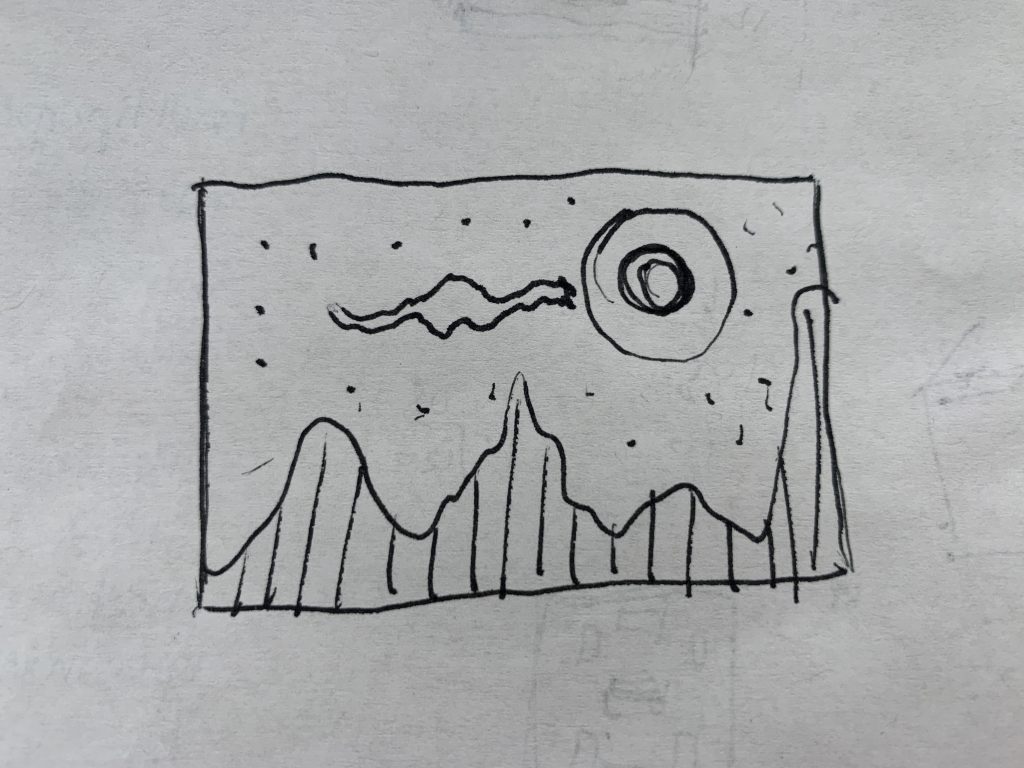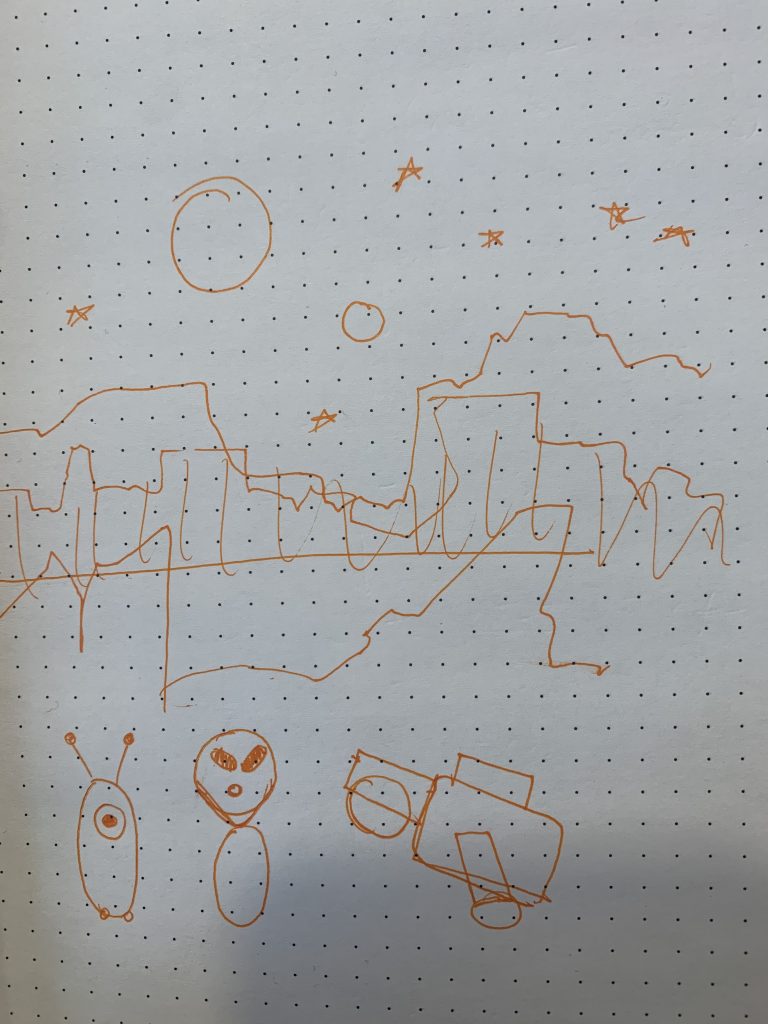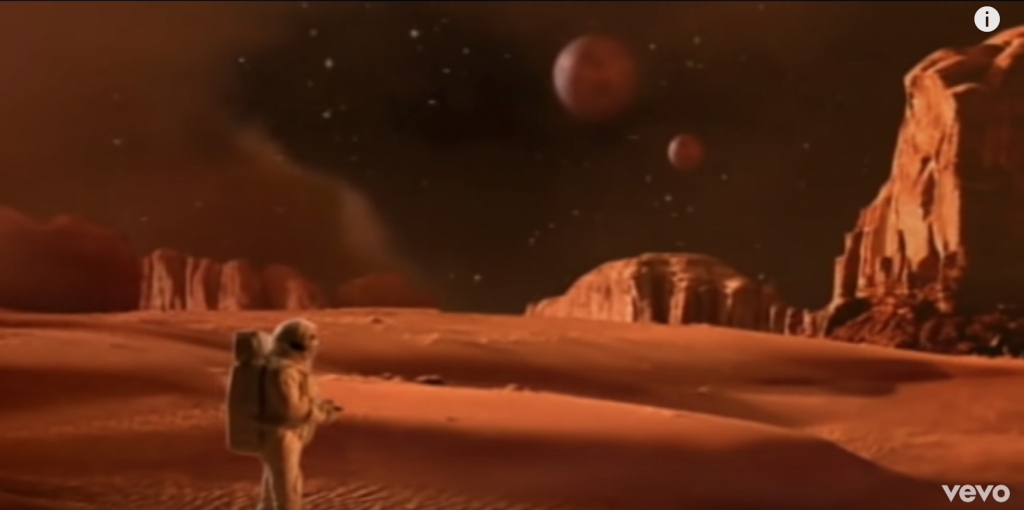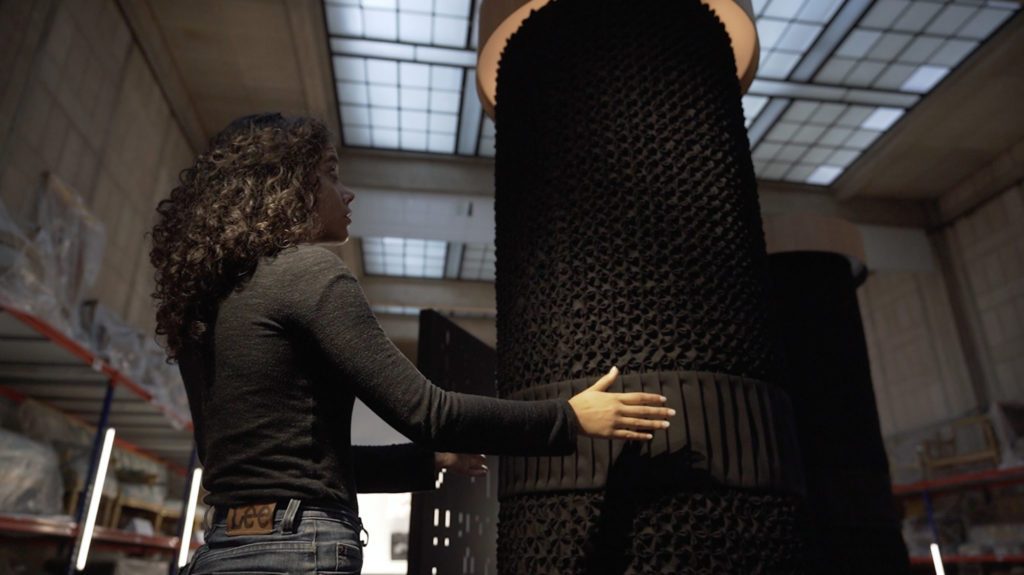When I first saw Patatap by Jono Brandel, I was in love with it – from the aesthetic visualizations to the jingle-like sounds. In my larger body of artwork, I discuss the topic of climate change and the environment numerously, so I wanted to find a way to combine the Patatap project with climate change. As I was researching climate crisis visualizations and graphs, the one I have attached below really caught my eye because of the way the map was created and how unique and creative it was. I want to take this aesthetic and use it to inspire the visualizations of my version of Patatap.

How it will work is that first, the user will press the “enter” key to start, and then the user can press any arrow key to shift through different imagery. Every time the user presses the “enter” key after the first time, the color palette will change gradually from a very cool blue/purple/green scheme to a very warm magenta/red/orange/yellow theme to symbolize the global warming, and it will also change the “set” of sounds that the arrow keys will make (just the same as Patatap) except my set of sounds will gradually change from nature sounds (birds chirping, leaves rustling, etc) to industrial sounds and destruction of nature (factory sounds, technology sounds like trains whistling or cars honking, cracking of icebergs, etc). This project will utilize color, arrays and objects, keyboard interaction, sound, and maybe some mouse interaction too. I want the graphics that will display to also show some representation towards nature life or climate change-related, but not so blatant (as you can see in my sketch), so they still possess the Patatap’s graphic design aesthetic, but contains symbolism that nods toward the environment. How the graphics will interact with the gradual procession towards a “warmer world” is that for example, the seaweed-like graphic shown in my sketch will at first draw from bottom-up of the canvas, but when the background color becomes a warm tone, the seaweed will start to draw from the top-down to symbolize the corals shrinking and destroyed reefs.

![[OLD FALL 2019] 15-104 • Introduction to Computing for Creative Practice](../../../../wp-content/uploads/2020/08/stop-banner.png)








